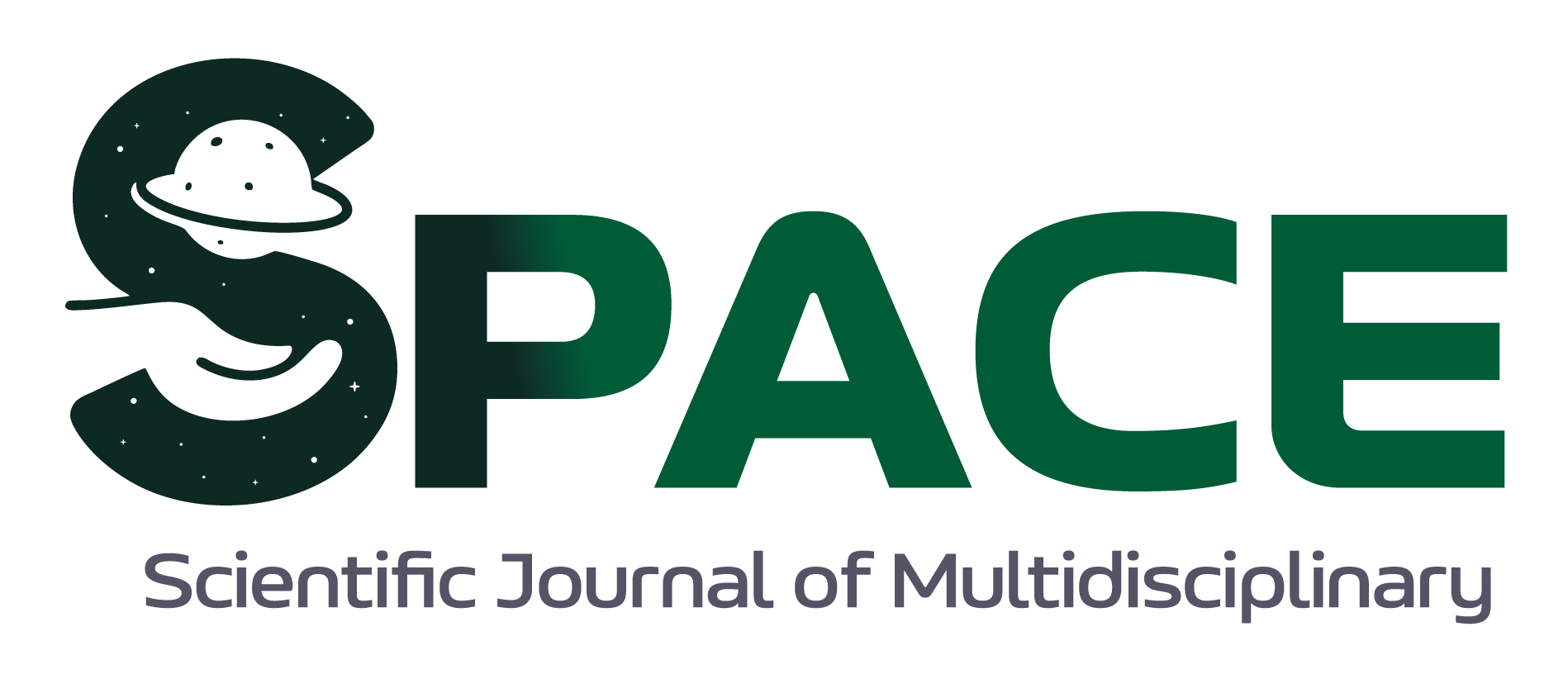Estrategias de aprendizaje activo para mejorar la comprensión lectora en primaria
DOI:
https://doi.org/10.63618/omd/ssjm/v1/n3/19Palabras clave:
aprendizaje activo, comprensión lectora, educación primaria, estrategias pedagógicas, metacogniciónResumen
Este estudio analiza críticamente las estrategias de aprendizaje activo como herramientas eficaces para mejorar la comprensión lectora en estudiantes de educación primaria. En respuesta al bajo desempeño lector evidenciado en evaluaciones regionales, los autores realizaron una revisión bibliográfica narrativa de investigaciones publicadas entre 2010 y 2024 en bases de datos académicas como Scopus y ERIC. Se identificaron prácticas pedagógicas centradas en la participación activa del alumno, como la lectura compartida, la discusión grupal, el aprendizaje basado en proyectos, el uso de organizadores gráficos y las estrategias de autorregulación lectora. Estas metodologías promueven habilidades cognitivas complejas, el pensamiento crítico y la autonomía, además de mostrar resultados positivos en entornos educativos diversos. Los hallazgos indican que las estrategias activas no solo mejoran la comprensión literal e inferencial, sino que también fomentan una actitud reflexiva hacia el proceso lector. Se concluye que su integración sistemática, junto con la formación docente adecuada y condiciones institucionales favorables, constituye un camino viable para fortalecer la lectura en contextos escolares.
Descargas
Referencias
Blumenfeld, P. C., Soloway, E., Marx, R. W., Krajcik, J. S., Guzdial, M., & Palincsar, A. (2011). Motivating project-based learning: Sustaining the doing, supporting the learning. Educational Psychologist, 26(3–4), 369–398. https://doi.org/10.1080/00461520.1991.9653139
Bonwell, C. C., & Eison, J. A. (1991). Active learning: Creating excitement in the classroom. ASHE-ERIC Higher Education Report No. 1. The George Washington University, School of Education and Human Development.
Capraro, R. M., Capraro, M. M., & Morgan, J. R. (2016). STEM Project-Based Learning: An Integrated Science, Technology, Engineering, and Mathematics (STEM) Approach. Sense Publishers.
Chang, C. Y., Chen, Y. L., & Sung, Y. T. (2019). Effects of concept mapping on student learning in inquiry-based learning: A meta-analysis. International Journal of Educational Research, 95, 101–115.
Freeman, S., Eddy, S. L., McDonough, M., Smith, M. K., Okoroafor, N., Jordt, H., & Wenderoth, M. P. (2014). Active learning increases student performance in science, engineering, and mathematics. Proceedings of the National Academy of Sciences, 111(23), 8410–8415. https://doi.org/10.1073/pnas.1319030111
García-Madruga, J. A., Elosúa, M. R., Gutiérrez, F., & Vila, J. O. (2013). Improving reading comprehension through inference-making training. Discourse Processes, 50(6), 457–486.
Hall, T. E., & Strangman, N. (2008). Graphic organizers. In D. H. Rose & A. Meyer (Eds.), Teaching Every Student in the Digital Age: Universal Design for Learning (pp. 57–74). Association for Supervision and Curriculum Development.
Hattie, J. (2008). Visible learning: A synthesis of over 800 meta-analyses relating to achievement. Routledge. https://doi.org/10.4324/9780203887332
Hernández-Ramos, P., & De La Paz, S. (2014). Learning history in middle school by designing multimedia in a project-based learning experience. Journal of Research on Technology in Education, 42(2), 151–173. https://doi.org/10.1080/15391523.2009.10782545
Kim, J. S., Boyle, A., Nakamura, J., & MacKinnon, R. J. (2020). The effects of teacher read-alouds and student silent reading on comprehension and vocabulary: A meta-analysis. Educational Psychology Review, 32, 203–228.
Loor Giler, J. L., Lorenzo Benítez, R., & Herrera Navas, C. D. (2021). Manual de actividades didácticas para el desarrollo de la comprensión lectora en estudiantes de subnivel de básica media. Journal of Economic and Social Science Research, 1(1), 15–37. https://doi.org/10.55813/gaea/jessr/v1/n1/18
Meiers, M., Khoo, S., Rowe, K., Stephanou, A., Anderson, P., & Nolan, K. (2006). Growth in Literacy and Numeracy in the First Three Years of School.. Australian Council for Educational Research. https://research.acer.edu.au/acer_monographs/1
Mercer, N., Hennessy, S., & Warwick, P. (2019). Dialogue, thinking together and digital technology in the classroom: Some educational implications of a continuing line of inquiry. International Journal of Educational Research, 97, 187–199. https://doi.org/10.1016/j.ijer.2017.08.007
Mokhtari, K., & Reichard, C. A. (2002). Assessing students’ metacognitive awareness of reading strategies. Journal of Educational Psychology, 94(2), 249–259. https://doi.org/10.1037/0022-0663.94.2.249
Nesbit, J. C., & Adesope, O. O. (2006). Learning with concept and knowledge maps: A meta-analysis. Review of Educational Research, 76(3), 413–448. https://doi.org/10.3102/00346543076003413
Novak, J. D., & Cañas, A. J. (2008). The theory underlying concept maps and how to construct them. Florida Institute for Human and Machine Cognition. https://cmap.ihmc.us/docs/theory-of-concept-maps
OECD. (2019). OECD Future of Education and Skills 2030: OECD Learning Compass 2030. OECD Publishing. https://www.oecd.org/education/2030-project/
Pressley, M., Gaskins, I. W., Solic, K., & Collins, S. (2006). A portrait of Benchmark School: How a school produces high achievement in students who previously failed. Journal of Educational Psychology, 98(2), 282–306. https://doi.org/10.1037/0022-0663.98.2.282
Prince, M. (2013). Does active learning work? A review of the research. Journal of Engineering Education, 93(3), 223–231. https://doi.org/10.1002/j.2168-9830.2004.tb00809.x
Puyol-Cortez, J. L., & Mina-Bone, S. G. (2022). Explorando el liderazgo de los profesores en la educación superior: un enfoque en la UTELVT Santo Domingo. Journal of Economic and Social Science Research, 2(2), 16–28. https://doi.org/10.55813/gaea/jessr/v2/n2/49
Reznitskaya, A., & Gregory, M. (2013). Student thought and classroom language: Examining the mechanisms of change in dialogic teaching. Educational Psychologist, 48(2), 114–133. https://doi.org/10.1080/00461520.2013.775898
Robinson, D. H., Katayama, A. D., Dubois, N. F., & Devaney, T. (2006). Interactive effects of graphic organizers and text structure on learning from social studies text. Instructional Science, 34(2), 89–119.
Silva Alvarado, J. C., & Herrera Navas, C. D. (2022). Estudio de Kahoot como recurso didáctico para innovar los procesos evaluativos pospandemia de básica superior de la Unidad Educativa Iberoamericano. Journal of Economic and Social Science Research, 2(4), 15–40. https://doi.org/10.55813/gaea/jessr/v2/n4/23
UNESCO. (2021). Informe de resultados del Estudio Regional Comparativo y Explicativo ERCE 2019. Oficina Regional de Educación para América Latina y el Caribe (OREALC/UNESCO Santiago).
UNESCO. (2022). La educación en América Latina y el Caribe en tiempos de pandemia. UNESCO/OREALC.
Vaughn, S., Martinez, L. R., Linan-Thompson, S., Reutebuch, C. K., Carlson, C. D., & Francis, D. J. (2009). Enhancing Social Studies Vocabulary and Comprehension for Seventh-Grade English Language Learners: Findings From Two Experimental Studies. Journal of Research on Educational Effectiveness, 2(4), 297–324. https://doi.org/10.1080/19345740903167018
Zimmerman, B. J. (2002). Becoming a Self-Regulated Learner: An Overview. Theory Into Practice, 41(2), 64–70. https://doi.org/10.1207/s15430421tip4102_2
Publicado
Número
Sección
Licencia
Derechos de autor 2023 Pucha-Chiluiza, Valeria del Rocío, Veloz-Criollo, Mery Anabel, Vera-Pucha, Yenny Silvana, Azes-Llumitaxi, Yesenia Alexandra (Autor/a)

Esta obra está bajo una licencia internacional Creative Commons Atribución-NoComercial 4.0.






 :
: